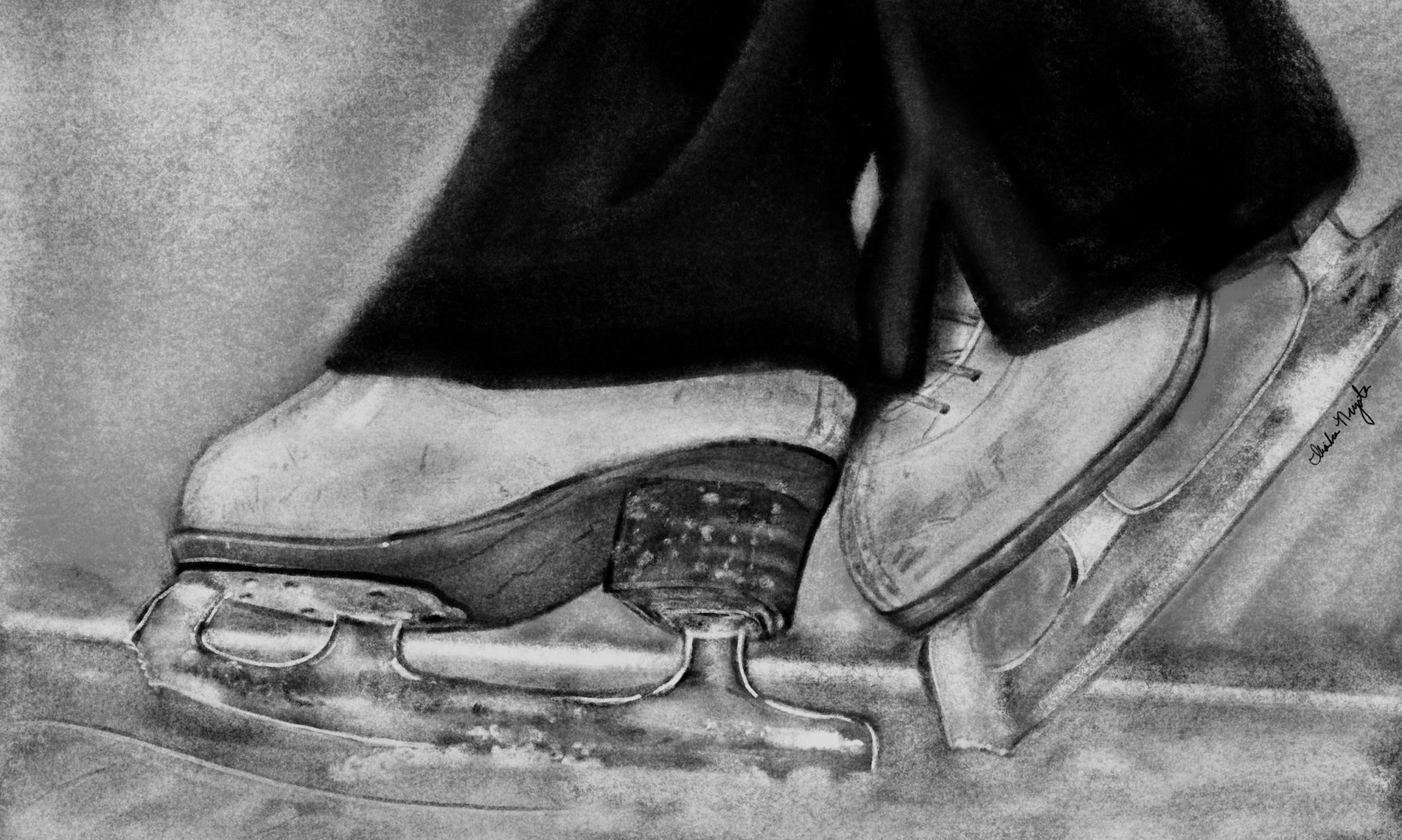Once upon a time, there was a figure skater with a beautiful triple flip. But, one day she couldn’t land it anymore.
Her parents told her that if she couldn’t land it again by the end of the season she wouldn’t be able to skate anymore. And, this affected her greatly.
Everyday, this thought kept cropping up in her mind. “If I can’t land my triple flip by the end of the season, I’ll have to quit.” This thought created immense pressure, and eventually put her into freeze every time she thought about her triple flip.
Because of this, she stopped practicing them on her own. She was so overwhelmed, she even stopped doing reps and exercises.
She was in freeze.
Let’s talk about freeze
As you learned in this article. Freeze is our nervous system’s response to threatening situations. The threat can be real, like a car that’s about to run you over. Or it can live in your thoughts, like “What if I mess up and embarrass myself again?”
The events that trigger the nervous system to activate to freeze can seem small to other people. But, that doesn’t mean they are small to the athlete experiencing them. Everyone experiences things in a different way. What may seem small to one person may be huge to someone else.
How do you deal with freeze?
Most athletes go with the conventional approach, they just push through.
They don’t want to fall behind. They want an immediate solution. They want to solve the problem right now.
So, they keep going until the task is done or until they can no longer function.
In general, pushing through involves doing more.
More exercises. More reps. More everything.
Other athletes, like the one in the example above, will stop doing anything related to the problem. They put it off. They avoid practicing.
They do this despite any potential negative outcomes. And, often to the detriment of the athlete.
Instead, let your nervous system settle
The real solution is to take a step back and get some distance.
Back off. Distract yourself. Change what you’re doing. Take a walk. Get off the ice. Leave the room.
This might seem counterintuitive, but there’s a purpose. When you’re in freeze, you need to allow time for your nervous system to settle.
Go back to the last time you got mad. How did you feel?
Did you want to scream? Did you want to hit something? Did you want to run away and hide in a corner?
Those feelings were the result of your nervous system activating a stress response. Stress responses are there to protect you from real or perceived danger.
Fast forward to the next day.
Recall how you felt after a full night’s sleep. Were you still mad? Chances are you weren’t as angry as before. You might also notice that you could think more clearly, and even come up with solutions.
When you’re in freeze, you have to let your nervous system settle on its own. You can’t force it to settle.
This doesn’t necessarily mean you have to go to sleep, but at least take a step back and give yourself some distance.
Once you’ve allowed your nervous system to calm down, then and only then are you allowed to make decisions.
Let’s go back to the skater I mentioned earlier.
To get herself moving again, the skater decided to get to the root of the problem.
She took a step back to allow her nervous system to settle. Then, she took some time to get to the bottom of her issue.
Eventually, she came up with the thought. “If I can’t land my triple flip by the end of the season, I’ll have to quit.”
The skater decided that she wouldn’t be able to get her jump by the end of the season by herself. So, she decided to work with a mental game coach. The two of them came up with a plan that would allow her to work through the freeze and land her jump by the end of the season.
Make a plan
Once your nervous system has settled and you’re out of freeze, you’re in a better state of mind, and it’s time solve the problem.
First, you want to identify what’s causing your nervous system to activate in the first place.
Next, you need to make a plan.
Finally, once you have a plan, you need to stick with it. And, this is one of the hardest steps in this process.
Take a step back
Dealing with freeze isn’t easy. Sometimes it’s difficult to even realize you’re in freeze.
But, once you realize you’re in freeze, it’s important to take a step back. Allow your nervous system to settle, before you try to come up with a solution.
This process isn’t easy, especially when you’re on your own. In many cases, outside help may be necessary.
Don’t fret, if you don’t know where to start. Remember, outside help is always available.
If skaters took Mental Skills Training as seriously as they do their on ice technical skills, they would find that their technical skills would improve exponentially.
Start here. Download “Confidence Myth Busters,” a complimentary eBook and make a change.

